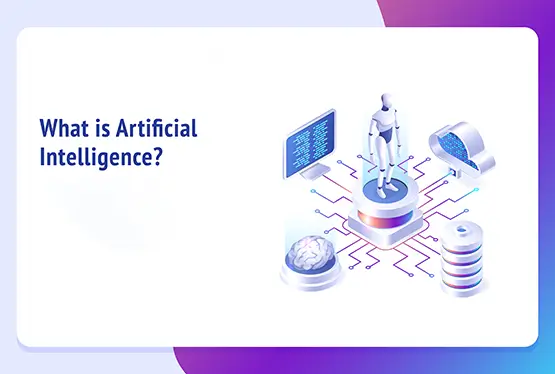What is Software Debt?
Understanding Software Debt: A Primer
Understanding Software Debt
Software debt, often referred to as technical debt, is a concept central to software engineering, product management, and project management. It describes the long-term cost incurred when suboptimal decisions are made in the design, development, or process of creating software. This debt can manifest as code that is difficult to maintain, processes that hinder scalability, or design decisions that require costly overhauls. Understanding software debt and its related subcategories, such as design debt, process debt, and product debt, is crucial for ensuring software sustainability and agility. In this article, we provide a comprehensive guide to software debt and present top interview questions across various roles, along with exemplary answers to help you excel in your preparation.
Types of Software Debt
Software debt encompasses several subcategories, each with its unique implications:
- Technical Debt: Accumulated cost of code shortcuts, bugs, or inadequate documentation.
- Design Debt: Suboptimal system or architectural design that requires future rework.
- Process Debt: Inefficient or inconsistent workflows that slow down development.
- Product Debt: Features or user experiences that are not aligned with business or customer needs.
Top Interview Questions on Software Debt
1. What is software debt, and why does it matter?
Answer: Software debt refers to the trade-offs made in software development to achieve short-term goals at the expense of long-term maintainability and scalability. It matters because unmanaged software debt can lead to increased costs, reduced team productivity, and challenges in implementing new features or fixing bugs.
2. How can technical debt be identified?
Answer: Technical debt can be identified through code reviews, monitoring bug frequencies, assessing code maintainability metrics (e.g., cyclomatic complexity), and gathering developer feedback about areas that are difficult to work with.
3. Can software debt ever be a good thing?
Answer: In some cases, incurring software debt strategically can be beneficial. For example, during tight deadlines, focusing on delivering an MVP (Minimum Viable Product) can help capture market opportunities quickly. However, it is essential to have a plan to address the debt later to avoid long-term issues.
4. What are the best practices to manage software debt?
Answer:
- Regularly prioritize and address software debt as part of sprint planning.
- Adopt automated testing and continuous integration to catch issues early.
- Invest in clear documentation and team training to reduce process inefficiencies.
- Establish coding standards and perform regular code reviews.
5. How would you explain design debt to a non-technical stakeholder?
Answer: Design debt occurs when quick decisions are made about the architecture or user experience that may not scale well or meet future requirements. To a non-technical stakeholder, I would compare it to building a house with a weak foundation it may look fine initially but will require significant repairs over time if not addressed.
Conclusion
Software debt is an inevitable part of software development but can be effectively managed through strategic prioritization, continuous monitoring, and clear communication among stakeholders. Whether you're preparing for an interview as a software engineer, project manager, program manager, or product manager, understanding and articulating these concepts will not only help you excel but also enable you to make meaningful contributions to your organization.
FAQ
Q: What is software debt?
A: Software debt refers to the trade-offs made during software development that prioritize short-term goals over long-term maintainability, scalability, or efficiency.
Q: Why is software debt significant?
A: Software debt is significant because, if unmanaged, it can lead to higher development costs, reduced team productivity, and challenges in maintaining and scaling the software.
Q: What are common examples of software debt?
A: Common examples include poorly written code, incomplete documentation, outdated system architectures, inefficient workflows, and misaligned product features.
Q: How can software debt be managed effectively?
A: Effective management includes regular code reviews, automated testing, prioritizing debt resolution during sprints, and maintaining good documentation practices.
Q: How do I discuss software debt in an interview?
A: Focus on your understanding of software debt, its implications, and real-world examples of how you have identified and managed it effectively in past projects.




























